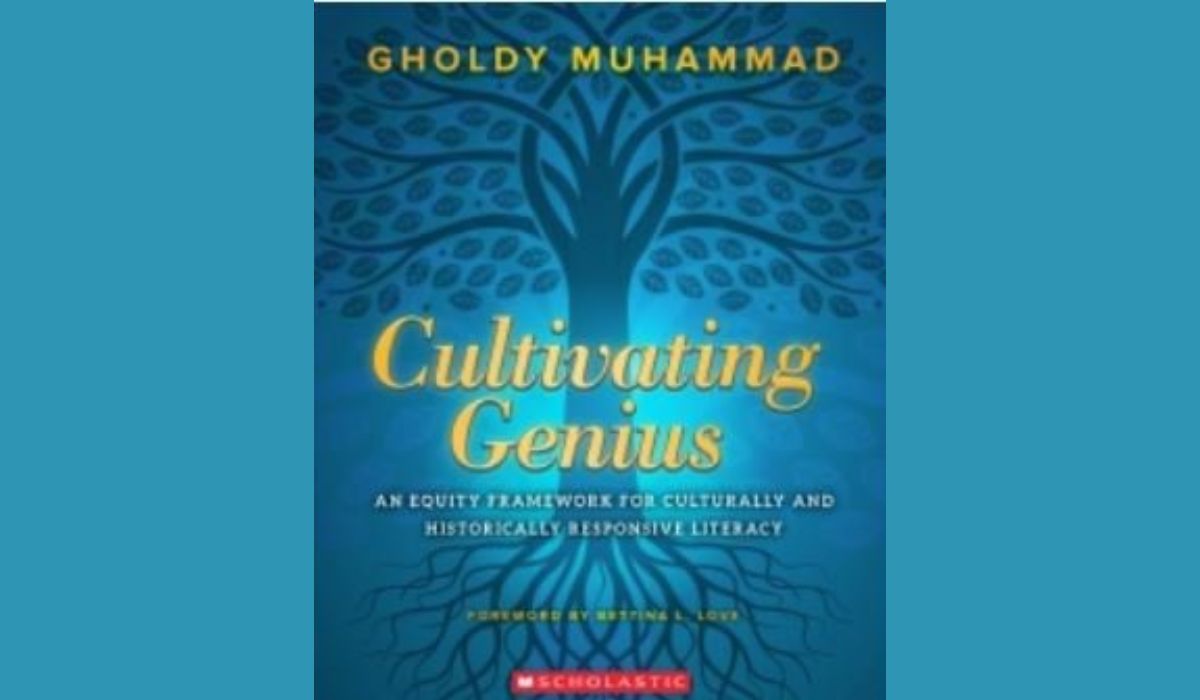Unlocking each student’s full potential is a never-ending goal in the field of education. When it comes to developing cultivating genius, each student’s individual strengths, the status quo in education typically falls short. However, renowned educator, scholar, and author Gholdy Muhammad has arisen as a ray of light, proposing a novel strategy to develop pupils’ innate talents. By highlighting the significance of identity, culture, and historical context, Muhammad’s revolutionary work questions the status quo in the field of education. This essay examines Gholdy Muhammad’s revolutionary viewpoint and how it might be applied to improving education in the modern world.
Redefining Genius
According to Gholdy Muhammad, true genius is not an innate feature carried by only a select few, but rather, it is a quality within all people that simply needs to be fostered and cultivated. She contends that we need to broaden our definition of “genius” beyond scholastic success and IQ tests. She prefers a more rounded approach that considers pupils’ unique cultural identities, life histories, and skill sets.
Building on Identity and Culture
Recognizing the uniqueness of each pupil and the value of their cultural heritage is important to Muhammad’s educational concept. She is convinced that the kids’ cultural backgrounds and life experiences should be honored and used as a springboard for education. She creates a safe space for kids to express and celebrate their individuality by introducing works of literature and stories from a variety of cultures into the classroom.
Historical Context as a Framework
Muhammad also emphasizes the importance of viewing history through a clear and complete viewpoint. She argues that teaching history in a way that gives children a context framework through which to understand the world is crucial. Students learn to think critically, to empathize with others, and to see the connections between the past and the present when they study history from many points of view. Students who have this sense of historical perspective are better equipped to think critically about contemporary challenges and make deliberate choices that will affect their lives and the lives of others.
Literacy as Liberation
Muhammad’s definition of literacy encompasses much more than the ability to read and write. She believes that reading and writing give students the power to question authority and effect positive change in the world. Students gain confidence and cultivating genius, an interest in social justice by reading books that give a voice to underrepresented groups. To help pupils envisage a more egalitarian and inclusive future, Muhammad urges teachers to build classrooms where literature serves as a vehicle for personal and societal reform.
Implementing Muhammad’s Approach
Educators need a paradigm shift if they are going to adopt Muhammad’s revolutionary method. They should adopt a student-centered strategy, place an emphasis on cultural sensitivity, and incorporate other perspectives and narratives into their lessons. Teachers’ knowledge and abilities can be expanded and strengthened by participation in professional development programs that focus on these goals.
Conclusion
Gholdy Muhammad’s innovative teaching methods are changing the way we think about how to foster creative thinking in the classroom. Muhammad’s approach promotes a sense of belonging, empowerment, and critical thinking cultivating genius, among pupils by recognizing and accepting their identities, embracing their cultural backgrounds, and offering a full historical context. Gholdy Muhammad’s views provide a road map for educators and politicians to create learning settings that celebrate diversity, elevate student voices, and inspire a new generation of brilliant minds as they contemplate the future of education.











